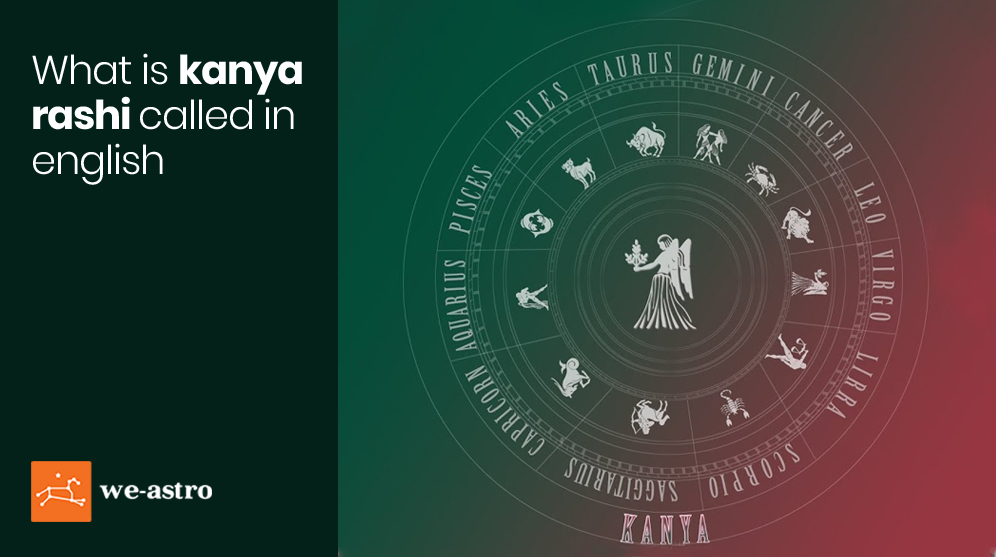Exploring the Intricate Universe of Kolam Images: Vibrant Expressions of Hindu Tradition
Discover a vibrant collection of Kolam images, showcasing the traditional Hindu art form used in ceremonies and celebrations in South Indian culture.

The beauty and diversity of Hindu culture are reflected in the vibrant tradition of Kolam, a form of drawing that uses rice flour or chalk to create intricate patterns on the ground. Traditionally drawn by women, Kolam images are a symbol of prosperity and wealth, known for their role in welcoming deities into homes and sanctuaries.
Kolam images are usually created at dawn, viewed as a way to begin the day on a harmonious and spiritual note. The designs can range from simple geometric shapes to highly complex artistic portrayals, sometimes even incorporating elements of Hindu mythology. The base of a Kolam is a matrix of dots around which the design unfolds, with each dot being connected by lines or curves. Despite the seemingly spontaneous artistry, the construction of a Kolam follows strict mathematical rules, creating a flawless image of symmetry and precision.
While the Kolam tradition has deep roots in the southern states of India, it has also found its place in the global art and design sphere. Artists and mathematicians alike have come to admire the mix of art, tradition, and geometry that Kolam images represent. Additionally, the ephemeral nature of Kolam – created at dawn and swept away at dusk – adds an element of unique beauty, reminding us of the transient nature of life.
Visually stunning and rich in meaning, Kolam images are more than just a tradition. They are a testament to the deep wisdom and creative spirit of Hindu culture, a manifestation of the sacred in everyday life, and a gentle reminder of the harmony that exists in the universe.




